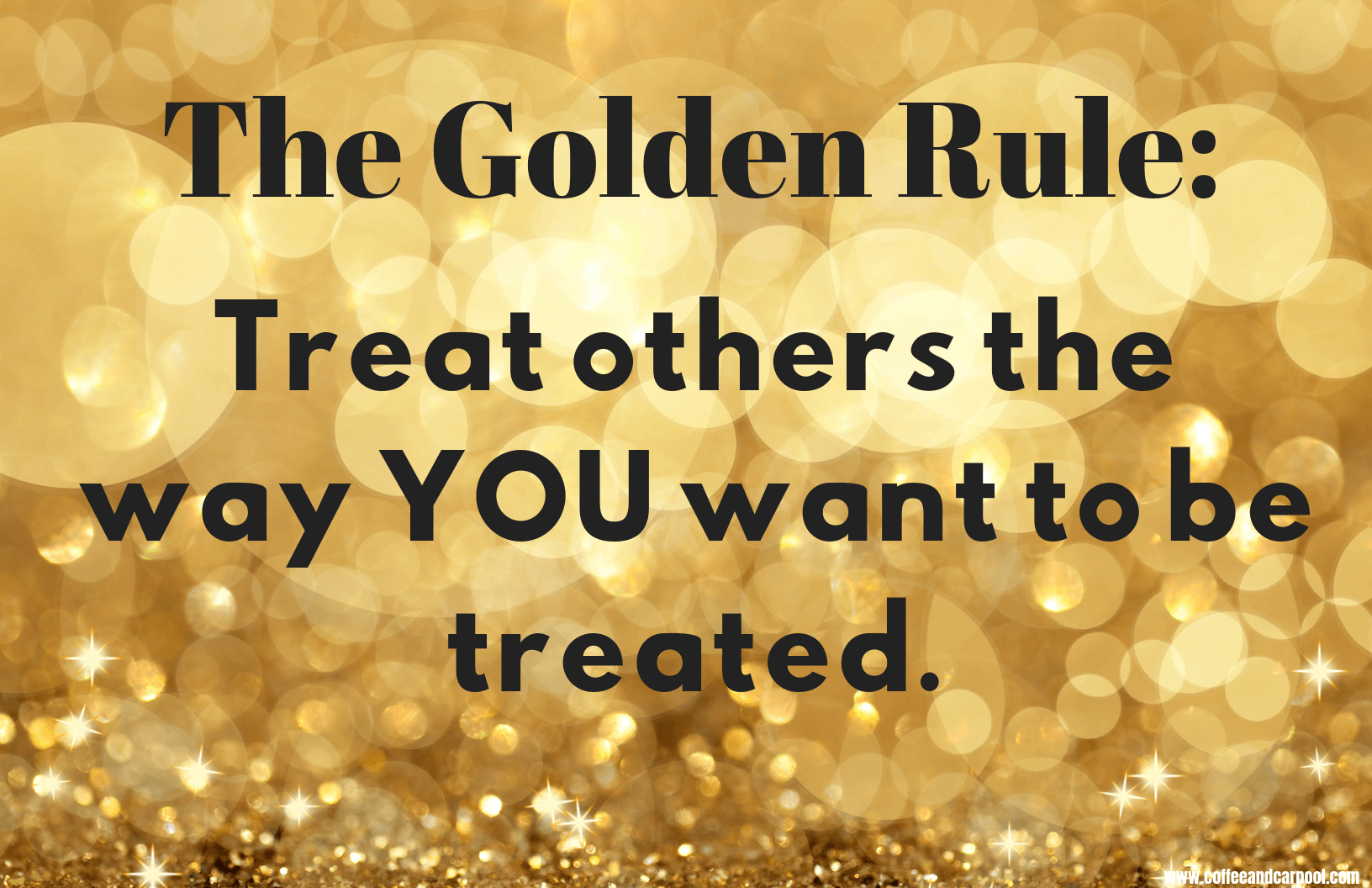IMAGES BLOG POST

Avoid All Problems and Use Public Domain Images
Many people might have a misconception of what public domain images websites offer. Some might believe those sites only provide random images that are low quality. That is not the case. You can find a vast selection of high-quality photos specific to your needs and do not require any attribution, so don’t run the right to use a copyrighted image. Websites like shutterstock and picmonkey are examples of public domain images websites. Just be sure to check the website's terms if attribution is necessary and follow the required format.
1. The main point of this paragrah is that there are tons of options available online to use high quality images that are of public domain use and does not require attribution.
2. In other words, just because someone posts an image online, does not give us the right to use that image for our personal use. If there is a specific image you are wanting to use online, you can search many public domain websites for alternative options of those images.
3. For example, If someone posts an image of their child on their social media account and another person decides to use that image to create a flyer for a school event without their permission that is not allowed. If the person wanted to use an image of a child, they can search on a public domain image website like shuttershock.
Just Because Other People Do it Doesn't Make it Right
You do not want to get caught in the legal battle of using a copyrighted image online. Just because others do not follow the copyright law does not mean the law doesn’t apply to you. Suppose you feel that using a particular image might be questionable and possibly get you into a legal situation, itʻs best not to use it. If all else fails, remember one basic rule: Everyone should be treated fairly and equally. You wouldn’t be happy if another person decided to use your image online without your permission, so why run the risk of getting yourself into a sticky situation.
1. The main point of this paragrah is that just because other people might not be following the copyright law doesnʻt make it acceptable for you to not follow.
2. In other words, you do not want to get yourself in a situation where you end up in a legal battle of the use of a copyrighted image. You never know who might feel sensitve to the use of the image and enforce the copyright law against you. We all know that itʻs diffcult to have the copyright law enforced equally online so itʻs best not to use an image you might feel goes against the copyright law. Better to be safe than sorry.
3. For example, If someone photographs an image and uses that image to sell as greeting cards and makes a profit then another artist sees that image and decides to recreate it for his own use and sell that image online to gain a profit he now runs the risk of violating the copyright image law. Itʻs ok to be inspired by an image but itʻs not ok to use that exact image or an image fairly identical to the original image for your own personal gain online.
The Purpose & Key Question
- The purpose of the assignment is to understand that if youʻre unsure on using an image that you found online for your own use, itʻs best not to use that image. Check your resources like free public domain image webites that offer a wide library of free images that do not require attribution.
- The key question at the heart of the assignment is how can I make sure I am using an image that is not copyrighted?



Comments
Post a Comment